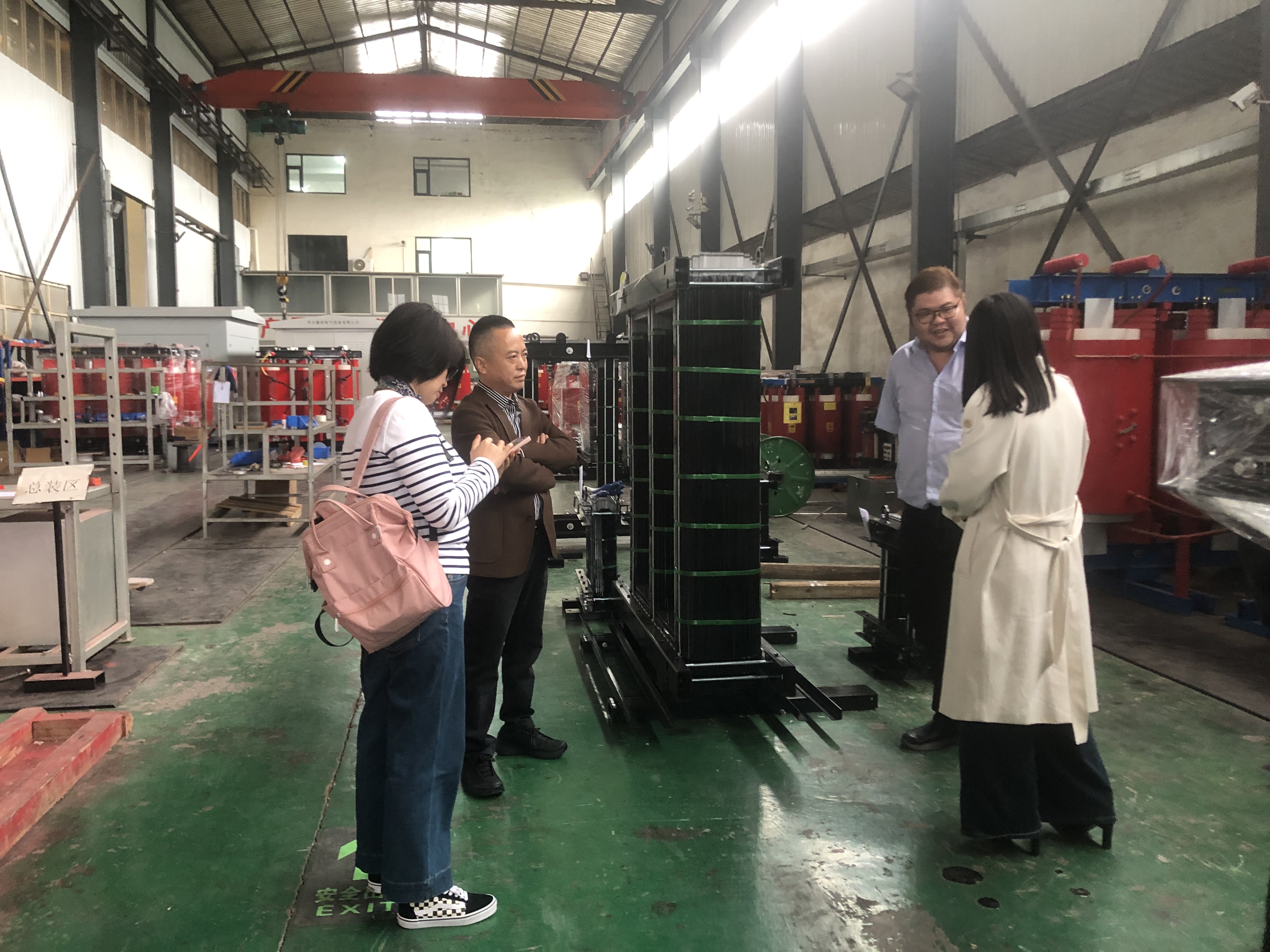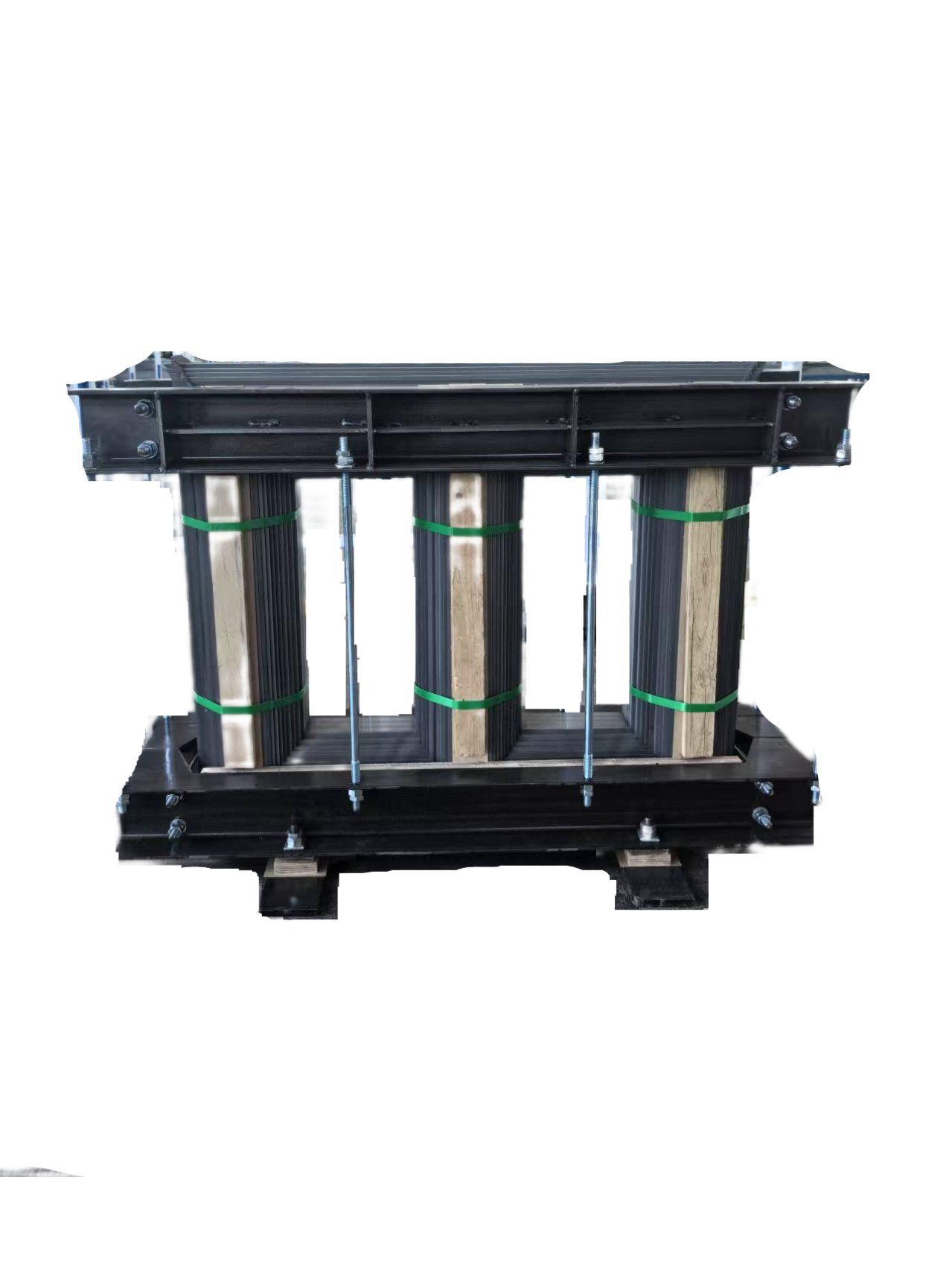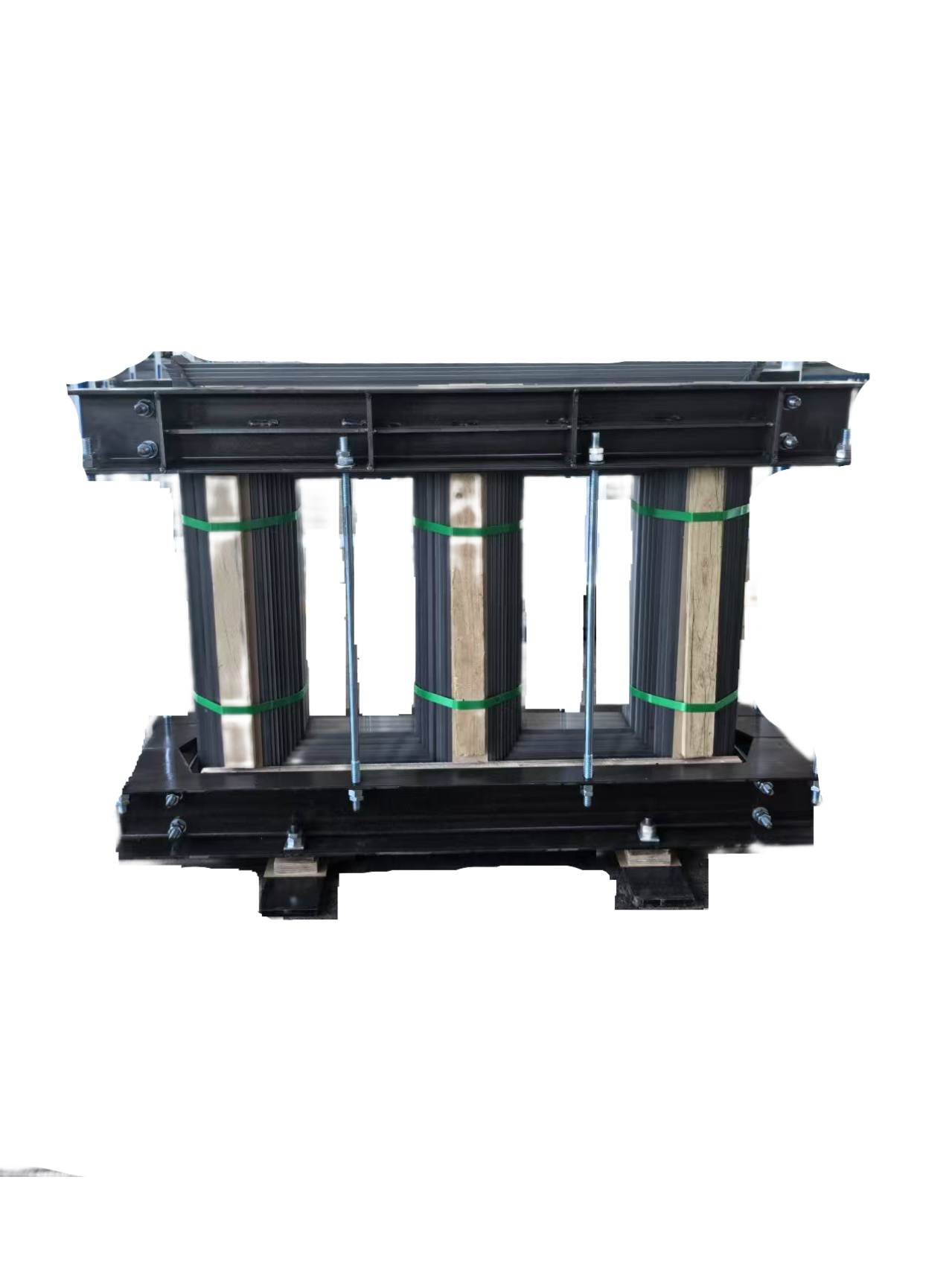Transformer Core: The Magnetic Heart of Power Conversion
The transformer core, revered as the "magnetic heart" of the transformer, primarily serves to form an efficient low-reluctance pathway that guides and concentrates the alternating magnetic flux generated by the primary winding current. This alternating magnetic flux cuts through the secondary winding, thereby enabling the transfer of electrical energy and the transformation of voltage based on the principle of electromagnetic induction.
To minimize energy loss in the magnetic circuit (known as "core loss"), the manufacturing process and material selection for the core are crucial. Core loss mainly includes "hysteresis loss" and "eddy current loss." Therefore, modern transformer cores are generally made by laminating and stacking silicon steel sheets (also known as electrical steel) with high silicon content. The addition of silicon significantly increases the resistivity of the steel, and forming the core into thin, insulated sheets effectively blocks and reduces the path of eddy currents, thereby substantially lowering eddy current loss. Furthermore, the excellent magnetic permeability of silicon steel sheets ensures that the core can establish a strong working magnetic flux even with a small external excitation current, enhancing the transformer's efficiency.
The design and manufacturing quality of the core directly determine the transformer's no-load current, temperature rise, noise level, and overall energy efficiency. A high-performance core is the fundamental guarantee for the stable, energy-efficient, and reliable operation of the transformer, playing an indispensable role in the entire power transmission and distribution network.













请先 登录后发表评论 ~